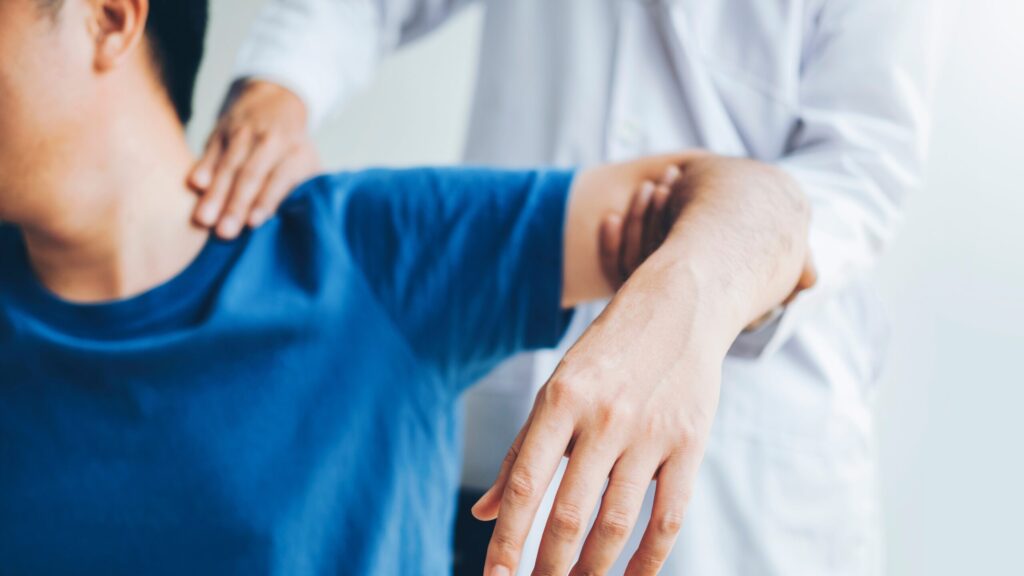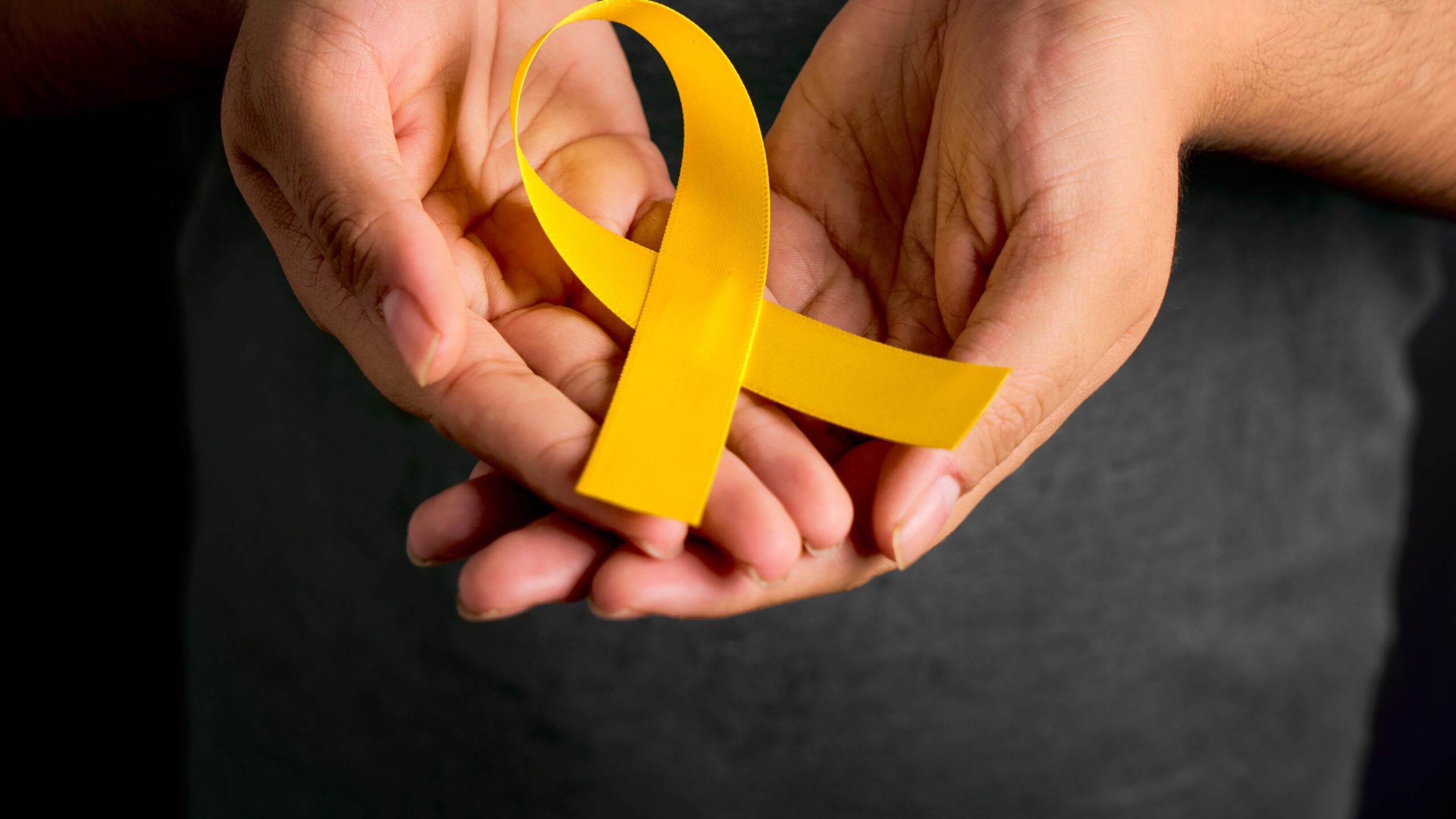According to the Oxford Dictionary, pain is the physical sensation of hurt. Pain management is the practice of reducing or controlling that pain, using everything from physical therapy to medications that ease inflammation or treat injury.
Understanding how pain management works is key to healing your body in the best possible way. Let’s start with what most of us know best: pain relievers.

Over-the-Counter Options
Most of us keep common pain relievers in our medicine cabinets: acetaminophen, ibuprofen, and topical creams or ointments.
Acetaminophen
Acetaminophen works on your central nervous system by blocking pain signals in the brain and spinal cord, rather than treating pain at the site of injury. It’s often used for:
- Headaches
- Muscle aches
- Back pain
- Menstrual cramps
- Toothaches
- Arthritis pain
⚠️ Important note: Acetaminophen does not reduce swelling or inflammation. It only eases pain and fever.
Risks: Overuse or mixing acetaminophen with alcohol or certain medications can damage the liver. Always read labels carefully and follow dosage instructions.
Ibuprofen
Ibuprofen belongs to a group of medicines called NSAIDs (non-steroidal anti-inflammatory drugs). It blocks chemicals called prostaglandins that cause pain, swelling, and fever. Ibuprofen is commonly used for:
- Inflammation from injuries
- Muscle and joint pain
- Menstrual cramps
- Fevers
Risks: Misuse can cause digestive issues, allergic reactions, and even cardiovascular problems. As with acetaminophen, always follow the instructions on the label and watch for interactions with other medications.
Creams vs. Ointments
Creams are lighter, made of oil and water, and absorb quickly — good for fast relief of sprains, strains, muscle aches, and joint pain.
Ointments are thicker and oil-based, forming a barrier on the skin. They last longer and are often used for nerve pain, musculoskeletal conditions, or overnight relief.
⚠️ Tip: Both may contain the same active ingredients, so always check labels for potential allergies and to be sure you’re choosing the right option for your needs.

Prescription Pain Medications
Sometimes, stronger medications are necessary. These are prescribed under the care of a health professional.
Opioids
Also called narcotics, opioids include drugs such as codeine, fentanyl, morphine, oxycodone, and tramadol. They are usually prescribed for:
- Post-surgery pain
- Severe injuries
- Chronic pain linked to the nervous system
Opioids can be effective, but they come with a high risk of misuse and addiction. Relief from pain can sometimes turn into a craving, making people feel they can’t function without it.
Risk factors for opioid addiction (Mayo Clinic):
- Being a teenager or young adult
- Family or personal history of substance misuse
- High stress, unemployment, or poverty
- Legal or relationship troubles
- Depression, anxiety, or PTSD
- Past trauma or abuse
- Thrill-seeking or risky behavior
- Heavy tobacco use
- Poor performance in school or low value placed on education
⚠️ Special note for women: Research shows women may face unique risk factors for opioid use disorder.
Best practice: Work closely with your doctor to use opioids only as prescribed, and taper off as soon as possible.
Non-Opioid Prescriptions
There are also prescription medications that don’t carry the same risks of addiction. These include:
- Antidepressants (such as tricyclics or duloxetine) for nerve pain
- Anticonvulsants (like gabapentin or pregabalin) for neuropathic pain
While generally safer than opioids, these drugs may still cause side effects such as drowsiness, constipation, or dizziness.

Physical & Lifestyle Pain Management
Not all pain needs medication. Many approaches focus on movement, therapy, or lifestyle changes:
- Heat/Cold Therapy & Massage: Great for targeted, immediate relief of muscle pain.
- Eastern Practices: Acupuncture, yoga, and meditation can reduce stress and improve physical comfort.
- Physical Therapy (PT): PT helps retrain injured or weakened parts of the body with guided exercise and rehab. Some PTs may use TENS (Transcutaneous Electrical Nerve Stimulation), a device that delivers small electrical pulses to reduce pain.
- Exercise & Movement: Staying active is one of the most effective long-term strategies. A sedentary lifestyle is strongly linked to back pain and other chronic issues.
Other proven methods include cognitive behavioral therapy (CBT), relaxation techniques, and building healthier daily routines.
Finding Relief
Pain management is a web of choices — from medicines to movement, from quick fixes to long-term habits. The key is knowing your options and working with your healthcare provider to find the safest, most effective plan for you.
Pain is real, but so is relief. With the right tools — whether medication, therapy, or lifestyle changes — you can take control of your healing and feel better.


